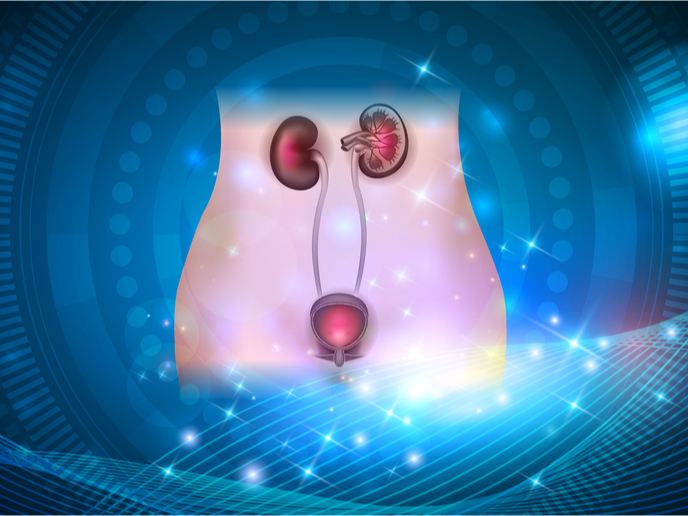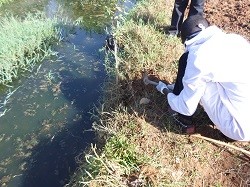Better urinary tract infection test reduces overprescription of antibiotics
According to the European Association of Urology, increasing resistance to antibiotics within Europe has led to a growth in research and development for new therapeutics and the market for UTI testing. Current methods to test for UTI include bacterial culture and antimicrobial susceptibility tests, which are usually conducted in centralised diagnostic laboratories. However, this approach is slow and labour intensive. The EU-funded NG-WTEM project addressed this challenge by obtaining proof-of-concept for a compact desktop system to bring near-patient testing of antibiotic-susceptible bacteria in UTIs into doctors’ surgeries and care homes. The technology was originally created by WaterScope, a Cambridge University spin-out, for water testing in developing countries who are also looking at synergistic markets including UTI testing.
Meeting users’ needs
Researchers conducted an initial proof-of-concept that rapidly identifies bacterial growth from urine samples. “To understand the users' needs and requirements we conducted a focus group comprising general practitioners, urologists and urinary testing lab microbiologists. We found that the system needs to be able to rapidly identify antibiotic susceptibility for it to be used as a point-of-care diagnostic,” says project coordinator Alexander Patto. Most testing done in European labs uses conventional bacteria culturing methods, which that take more than 24 hours and requiring manual sample processing and quantification. WaterScope’s automated system allows for a much faster test.
A novel approach
The technology is easy to use away from laboratories and does not require the end user to be highly trained. “We are developing inexpensive, rapid water-testing microscopes capable of identifying bacterial presence in less than 6 hours – 4 times faster than current tests available,” Patto explains. With a disposable cartridge and a compact desktop microscope that automates colony culture and antimicrobial susceptibility analysis, the NG-WTEM system can simplify testing and allow it to be performed outside diagnostic microbiology laboratories, whilst giving comparable results. “The novel cartridge makes sample preparation simple, significantly reducing human error and sample preparation times,” notes Patto.
Major benefits
The system enables the quantification and detection of antibiotic susceptibility at a single cell level. It automatically quantifies results and allows the correct antibiotics to be prescribed to the patient within hours rather than days. NG-WTEM will therefore enable same day decision making for effective treatment and help avoid unnecessary or broad-spectrum antibiotic treatment. “The system will thus help reduce antimicrobial resistance and/or selection pressure resulting from decreased broad-spectrum antibiotic use. Our initial end users will be care home practitioners or GPs who will now be able to prescribe the most appropriate antibiotics for patients,” Patto points out.
Keywords
NG-WTEM, urinary tract infections (UTIs), antibiotics, water testing, cartridge, microscope




